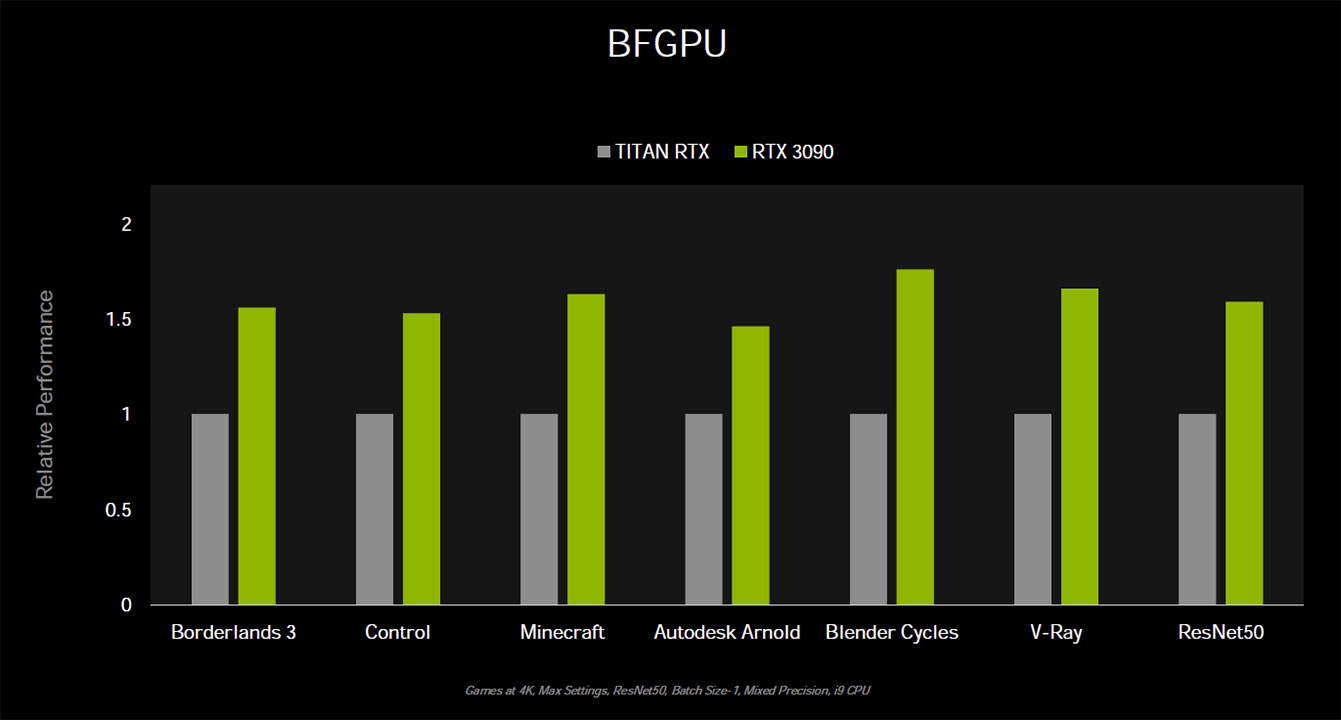Regarding SFS, I'm curious to understand how that compares with SF (which all DX12U GPU's are capable of) from a practical standpoint. I know the XSX has the dedicated hardware to blend between mid levels if required but I can't imagine its a show stopper without that, otherwise what would be the point of SF in first place?
Well I might be wrong (that's where the thrill is!), but SFS appears to be an XSX specific extension to SF in DX12U. And the goal appears to be create an easy to implement, low overheard way to bring in the next tile in the mip chain in as soon as the system realises it's needed, and also to flush no longer needed levels in the mip chain. On top of that, it seems to automatically apply some optimised filters to hide transitions between mip levels, and probably also to hide the edges between tiles of different mip levels when there's a visible disparity.
I would guess that it's a combination of an API selection, some code running on the GPU that's perhaps sandboxed away from the developer, and some custom hardware.
If I'm wrong about any of that, it would be great to hear from someone who really knows!
Anyway, I don't think this is something the PC will particularly miss. XSX has a particular set of circumstances - relatively constrained memory, a fast but not infinitely fast SSD, and features MS want developers to use now rather than in 2 or 3 years (like we're seeing with Turing!). Offering a solution that's easy to use, fast, well tested, and that waits till literally the last frame (+1) to initiate a transfer (so it's never done unnecessarily) seems like a good move.
I mean, something like this will really help with memory management. On XSS it could / should automatically scale to the reduced resolution games will be running at. And that's got to be a help, if devs implement it.
On PC with DX12U I'm guessing you could do something pretty similar, just with more work and probably a bit more overhead. But on PC, you might not want to do that because not everything supports DX12U, and even if it did given the range of hardware and resources you might want to do things a little differently anyway.
I just think this is something that makes absolute sense for XSX / S, but that the PC is a different environment. More variety, more considerations, and down the line probably more memory and more power too.
I totally agree that lacking SFS isn't a show stopper. I think it's more that for XSX, it's sort of a show enhancer. But PC is a different ... show.




